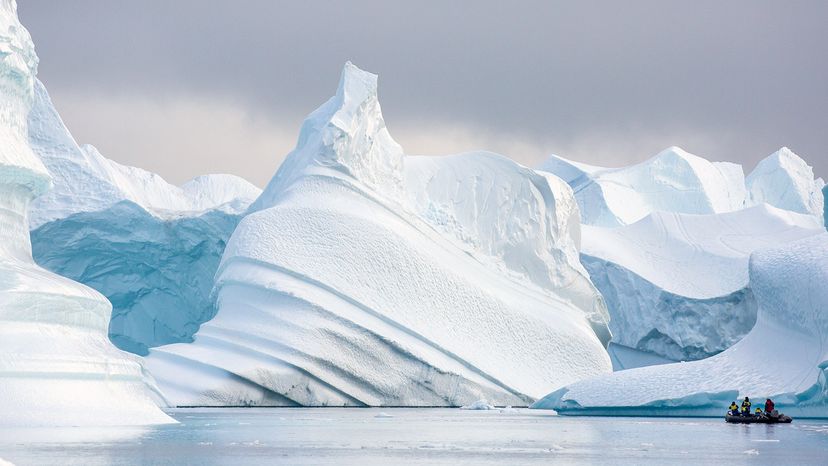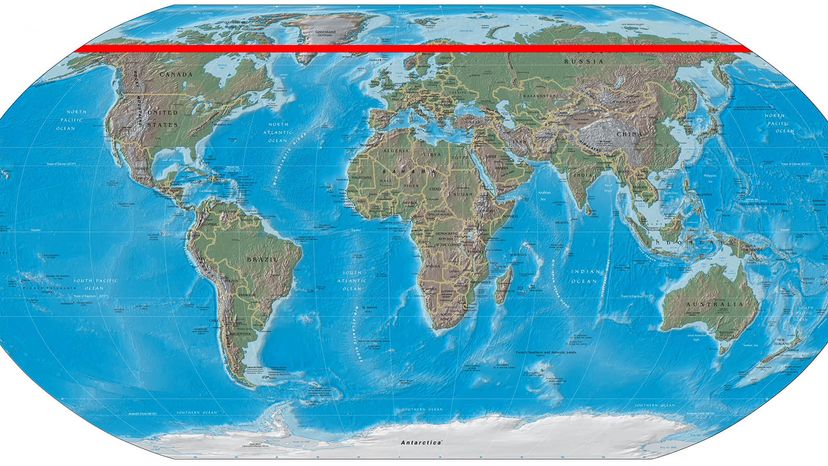We all depend on sunlight, but unless you live at the equator, you won't get the same amount of it every day. Like all the planets in this solar system, Earth rotates around an axis, an imaginary line between its North and South poles. At the same time, it orbits the sun, finishing a new lap every 365.25 days.
Relative to its pathway around the sun, Earth's axis has a 23.5-degree angle tilt. If it weren't for that helpful tilt, seasons as we know them wouldn't exist. The skewed axis is also responsible for one of the world's most astonishing places: The Arctic Circle.
Geographers define the circle as everything at or above 66 degrees and 34 minutes north latitude. (Put simply that means the exact dividing line falls between the 66th and 67th parallels in Earth's Northern Hemisphere.)
Strange hours are a characteristic of the region. Throughout this area, the center of the sun never climbs above the horizon during the winter solstice — the shortest day of the year.
Here, the skies can be dark at high noon or sunny at midnight. Yet life persists. The Arctic Circle encompasses 4 percent of the global surface. And for hundreds of thousands of people, it's also home sweet home.

